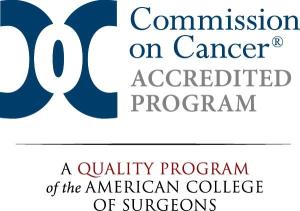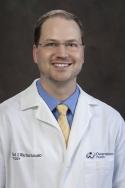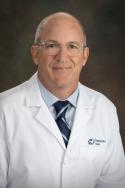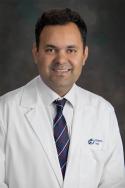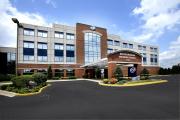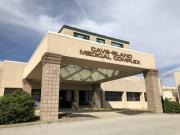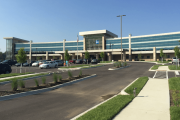Testicular Cancer
If you or a loved one has testicular cancer, you want the best possible care. That’s why we’ve put together a highly skilled team of experts who are experienced in treating this type of cancer—and who consider your specific condition, personal preferences and treatment goals to develop the plan that’s right for you. As an accredited Comprehensive Community Cancer Program, we offer nearly all the same options and technology you’d find at an academic medical center, just close to home.
What is Testicular Cancer?
The testicles are part of the male reproductive system and are responsible for making male hormones like testosterone, as well as sperm cells.
Testicular cancer is cancer that develops in one or both testicles. Most testicular tumors are metastatic, meaning they can spread to other parts of the body, including the lymph system, lungs and brain.
Testicular cancer is rare, but it’s one of the most treatable cancers, especially when it’s caught early
Testicular Cancer Symptoms
Not all men with testicular cancer will experience symptoms. But if they do occur, symptoms may include:
- Breast growth or tenderness
- Dull ache in the lower abdomen, back or groin
- Feeling of heaviness in the scrotum
- Pain or discomfort in a testicle or the scrotum
- Significant reduction in the size of one testicle
- Swollen or enlarged testicles, or a lump that develops
- Sudden collection of fluid in the scrotum
Testicular Cancer Risk Factors
A risk factor is something that increases your risk for developing a certain type of cancer. Some, like those related to genetics, you can’t change. But others, like risk factors related to lifestyle, you can.
Common risk factors for testicular cancer include:
- Carcinoma in situ of the testicle, which occurs when cells look abnormal under a microscope but may not progress into invasive disease
- Family history of the disease
- History of testicular cancer
- Past infection with human immunodeficiency virus (HIV)
- Undescended testicles (cryptorchidism)
Testicular Cancer Types
The kind of testicular cancer you have depends on the type of cell where the cancer developed.
The most common types of testicular cancer include:
- Germ cell tumors: This type of cancer makes up more than 90% of cancers that start in the testicles. It starts in the germ cells, or cells that make sperm. The main types of germ cell tumors are known as seminomas and non-seminomas. Seminomas tend to grow and spread slower than non-seminomas.
- Stromal tumors: These tumors start in the stroma cells, which produce hormones.
Diagnosing Testicular Cancer
It’s important to be familiar with how your testicles look and feel so you can notice irregularities. If you find a lump on a testicle or have a testicle that’s enlarged or hardened, for example, you should see a doctor.
If your doctor suspects cancer, they’ll likely feel the testicles for swelling or tenderness and note the size of any lumps. They also may examine your abdomen and other parts of your body to look for signs of cancer spread.
If your doctor still suspects cancer, they may order certain diagnostic tests for testicular cancer, including:
- Blood tests: We may order certain blood tests that could indicate the presence of testicular cancer. Many testicular cancers produce high levels of proteins we can use as tumor markers, for instance, such as alpha-fetoprotein (AFP) and human chorionic gonadotropin (HCG). If we find these markers in the blood, it may mean a testicular tumor is present.
- Diagnostic surgery: While we rarely use biopsy to test for the presence of testicular cancer because it risks spreading the disease, we will often recommend surgery to diagnose and remove a tumor as soon as possible.
- Imaging tests: Ultrasound is often the first test if we suspect testicular cancer. We also may use other types of imaging tests to look for cancer or its spread, including X-rays, CT scans and PET scans.
Treating Testicular Cancer
Your testicular cancer care team may include medical, surgical and radiation oncologists, urologists, and supportive care clinicians, such as dietitians, counselors and nurse practitioners.
In general, treatments for prostate cancer may include:
- Chemotherapy: We may recommend chemotherapy when testicular cancer has spread outside the testicle. We also may use it to help decrease the risk of cancer coming back once we’ve surgically removed a testicle.
- Radiation therapy: Most often, we use radiation therapy to treat people with a seminoma tumor, which is sensitive to radiation. We also may use it if the disease has spread to the lymph nodes or other parts of the body.
- Surgery: This is often the first treatment for most testicular cancers. Most commonly, we’ll perform a surgery called radical inguinal orchiectomy to remove a testicle with cancer. If cancer has spread to the lymph nodes, we may use a procedure called a retroperitoneal lymph node dissection (RPLND) to remove lymph nodes around the large blood vessels at the back of the abdomen.
